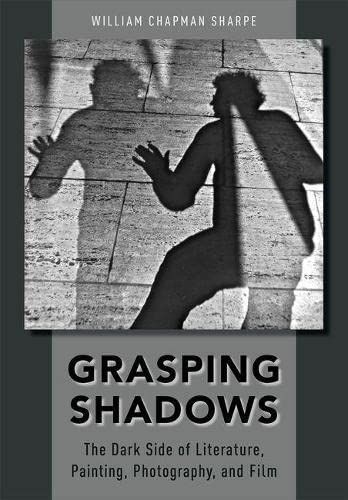
Grasping Shadows The Dark Side of Literature, Painting, Photography, and Film
With the shadow's seductive associations to sexuality, mystery, danger, intangible power, and death, the use of shadows as artistic technique saturates both classic and modern art forms, and yet the practice remains almost invisible. As the first full-length study of art shadows in over adecade, Grasping Shadows ranges from classic works by Rembrandt, Dickens, Picasso, Disney, and Warhol to contemporary street art, popular songs, billboards, and architecture to propose a general theory of how all shadows function in texts and visual media, ultimately offering four main categories.Sharpe explores the diverse ways shadows appear in literature, painting, photography, and film, insisting that literary and visual meanings of shadows cannot be separated, and that art-shadows must be analyzed as part of a cultural field in which words and images continually overlap and reinforceeach other's meanings.Beginning with a summary of scholarship to date, the introduction addresses how real-world shadows function, and gives an overview of the strategies involved in representing shadows from the Renaissance onward. The first chapter sets out a theory of how the meanings of shadows are generated.Subsequent chapters, each centered on an influential literary text, explore in detail the four kinds of shadows that visual artists and writers use. The last chapter presents a case study of how shadows have impacted the art of the modern city, from Renoir and Zola to film noir to advancedprojection systems capturing the shadows of passers-by on streets around the globe. The book concludes with a philosophical meditation on how living with shadows enriches everyday life.